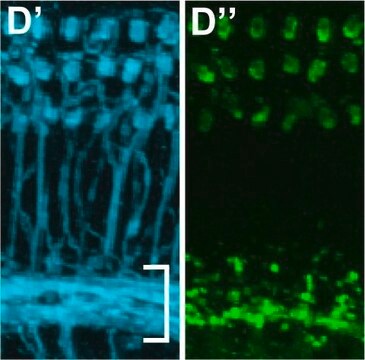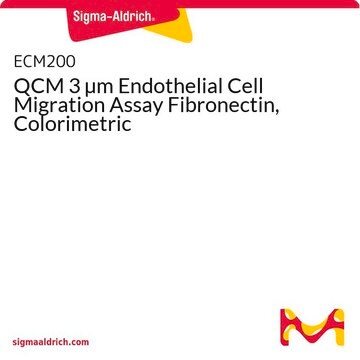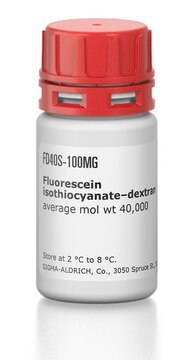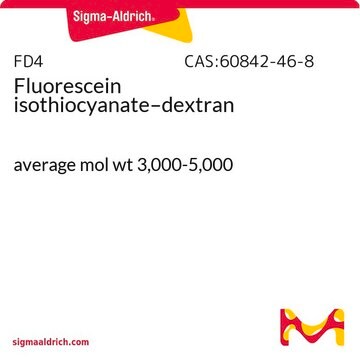ECM642
In Vitro Vascular Permeability Assay (96-well)
This In Vitro Vascular Permeability Assay kit employs a 96-well plate, and provides an efficient system for evaluating the effects of chemicals & drug compounds on endothelial cell adsorption, transport & permeability.
Synonym(s):
Endothelial cell model for permeability assay
Select a Size
$139.00
Select a Size
About This Item
$139.00
Recommended Products
Quality Level
species reactivity (predicted by homology)
all
manufacturer/tradename
Chemicon®
technique(s)
cell based assay: suitable
detection method
fluorometric
shipped in
wet ice
1 of 4
This Item | 1.15092 | 1.15096 | 1.15094 |
|---|---|---|---|
| pH 10 (20 °C, 100 g/L in H2O) | pH 10 (20 °C, 100 g/L in H2O) | pH - | pH - |
| mp >450 °C | mp >450 °C | mp - | mp - |
| solubility 0.0037 g/L | solubility 0.0037 g/L | solubility - | solubility - |
| density 2.36 g/cm3 at 20 °C | density 2.36 g/cm3 at 20 °C | density - | density - |
| bulk density 300 kg/m3 | bulk density 300 kg/m3 | bulk density - | bulk density - |
Application
Cell Structure
Components
Receiver Tray, 96-Well: Two 96-well plates.
FITC-Dextran Solution: Two vials containing 250 µL.
Cell Stain: One bottle containing 10 mL.
Black Plate, 96-Well Opaque: One 96-well plate.
Storage and Stability
Legal Information
Disclaimer
Storage Class
10-13 - German Storage Class 10 to 13
wgk_germany
WGK 2
Certificates of Analysis (COA)
Search for Certificates of Analysis (COA) by entering the products Lot/Batch Number. Lot and Batch Numbers can be found on a product’s label following the words ‘Lot’ or ‘Batch’.
Already Own This Product?
Find documentation for the products that you have recently purchased in the Document Library.
Customers Also Viewed
Articles
Cell based angiogenesis assays to analyze new blood vessel formation for applications of cancer research, tissue regeneration and vascular biology.
Our team of scientists has experience in all areas of research including Life Science, Material Science, Chemical Synthesis, Chromatography, Analytical and many others.
Contact Technical Service

















